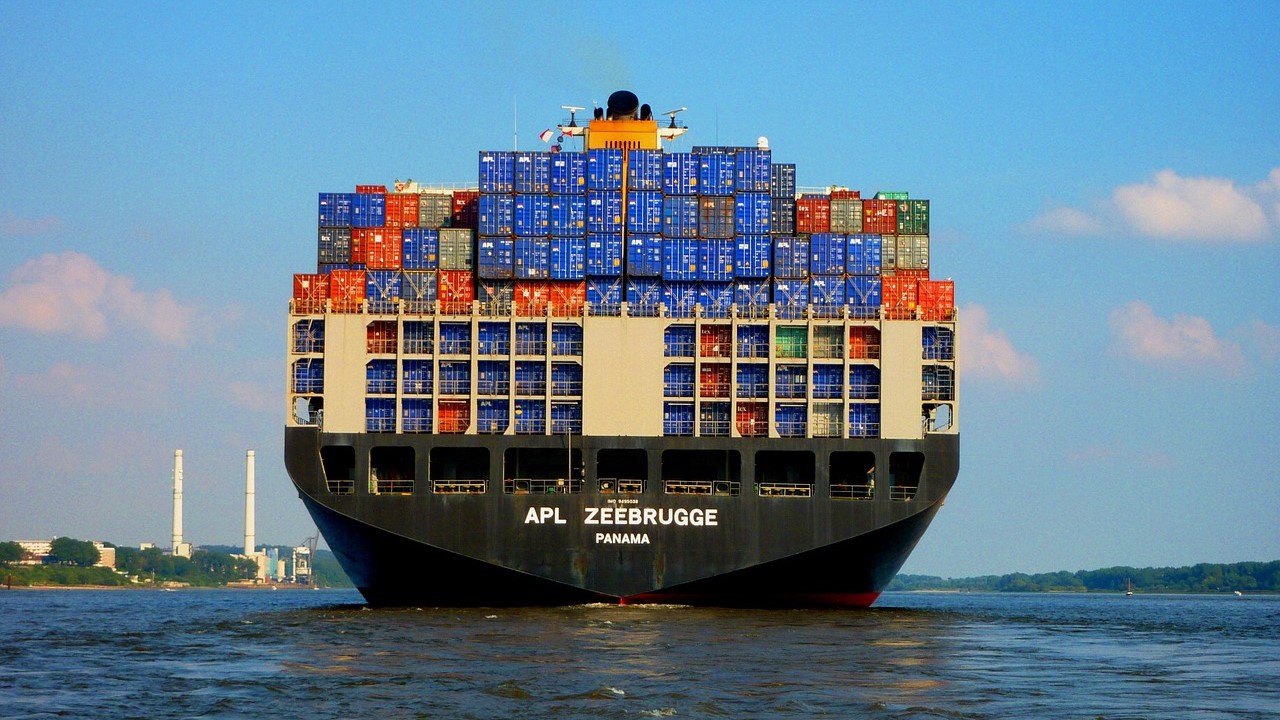Three 2019 cloud and IT trends every CIO should know about
What comes next after cloud adoption?

This year, we will see technological advancements move businesses beyond standard adoption and redefine how they incorporate cloud across their business and IT infrastructure.
As such, we will continue to see impressive growth in cloud adoption, especially across Europe, with new solutions and integrated tools, and a multitude of exciting trends predicted.
- Run multiple operating systems at once with the best virtual machine software
- These are the best cloud computing services
- Keep your data stored in a safe place with the best cloud backup

The combination of public and private cloud
As we journey through 2019, we can expect to see a clear turning point for organisations to migrate critical workloads to the public cloud in order to get ahead in digital transformation. Migrating to public cloud has multiple benefits, such as faster access to emerging technologies, on-demand capacity and unlimited scalability. And with the public cloud entering the data center through solutions like Amazon Relational Database Service, the rigid line between public and private cloud is slowly being diminished.
As the cloud industry has developed, there is clear movement towards a combined or hybrid provision that blends the accessibility and cost benefits of the public cloud, with the accountability and security of the private cloud. However, this combination and balance of services will of course vary by sector, the nature of the work, the maturity of the organisation and the size of the business.
The cloud world is categorically no longer simply black or white, and adjustments will need to be made to succeed in this new ‘grey scale’ environment. Corporations will need to understand the importance of APIs and control plans, and strategies will need to focus on when and where streams are being run and who is managing them. It will be critical for IT management to have a clear plan in determining what should be outsourced and create a contingency plan for when adjustments need to be made. Yet, for the foreseeable future, we can predict that the businesses that are able to combine both public and private clouds will be in the best position to succeed.
The movement towards an intelligent cloud
As we look back on the progress made in machine learning, we can see the cloud industry making slow, but steady progress towards an intelligent cloud. And in 2019, we can hope to see the use of machine learning increase in day-to-day application for IT management, and continue to evolve with further innovative projects such as AWS’s DeepRacer.
Organisations will be able to focus on the application of machine learning in the management of business services and workloads. Here machine learning will become more meaningful in terms of impacting IT management: making big data analytics easier in finding patterns and forecasting trends more accurately, and replacing the need for human manual processes.
Are you a pro? Subscribe to our newsletter
Sign up to the TechRadar Pro newsletter to get all the top news, opinion, features and guidance your business needs to succeed!
The current usage of cloud involves computing, storage and networking, but once machine learning is fully integrated in the cloud, its capabilities will immensely increase. In 2019, we will benefit from a more intelligent cloud which is capable of learning from vast amounts of data, build up predictions and analyze situations - and all in all, perform tasks much more efficiently.

Virtual machines and containers used in tandem
Containers and virtual machines are two separate ways to deploy multiple, isolated services on a single platform, but in the ultimate battle between using the two… it’s not either - it’s both. While containers are a newer technology, both virtual machines and containers are sufficient for users to get the most out of their available computer hardware and software. However, we are now entering an age of new solutions that offer the best of both worlds.
A virtual machine (VM) is software that emulates a computer system which enables teams to run what appears to be multiple separate machines on one single computer. This means that running software on a different type of hardware or operating system doesn’t require additional hardware. Virtual machines have many benefits including established management tools, security tools and affordable efficient technology.
On the other hand, as containers sit on top of a physical server, just the OS is virtualised - meaning that an organisation can run up to three times the amount of applications on a single server with containers. This results in a reduction of IT management resource use, simplified security updates and less code for the transferring and migration of workloads.
This year at re:Invent, Amazon Firecracker was introduced, the company’s first ever open source project which makes use of Kernel-based Virtual Machine (KVM). Firecracker uses this open source virtualisation architecture to enable users to launch lightweight micro-virtual machines in a non-virtualied environments in a fraction of a second. We can expect organisations to take advantage of the security and workload isolation that comes with VMs and the resource efficiency that accompanies containers.
And as we move through 2019, the industry will only see more microVMs entering the market, proving that when it comes to picking between the two, both really can come out on top.
Joe Kinsella, CTO and Founder at CloudHealth
- We've also highlighted the best cloud hosting services
Joe Kinsella is the CTO and Founder of CloudHealth Technologies. He is an entrepreneur & technical executive who excels in managing and leading high-performance software teams. Successful track record in defining and driving innovative product strategies, and delivering scalable solutions to complex business needs.
He has a strong organisation and people management skills combined with hands-on technical expertise. 15 years experience in systems management, including fault, performance, application & security management. High-tech startup junkie with 20+ years experience and 3 acquisitions.
